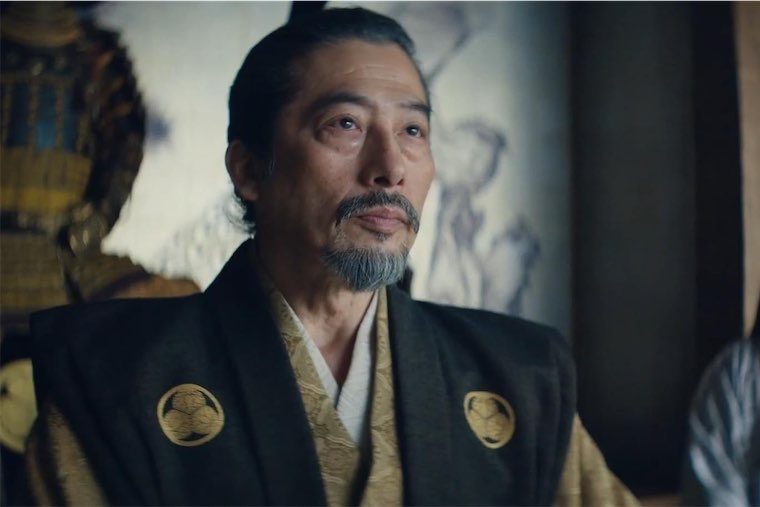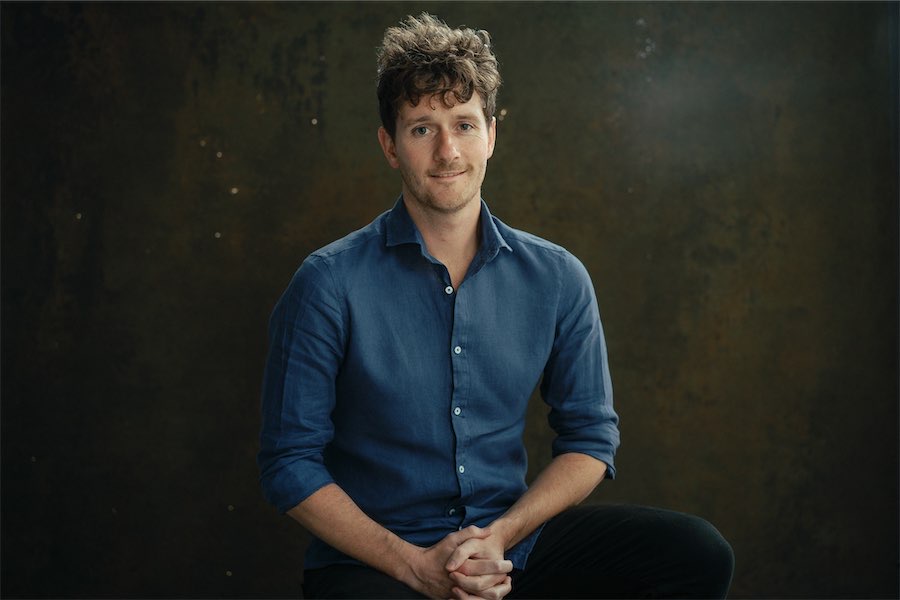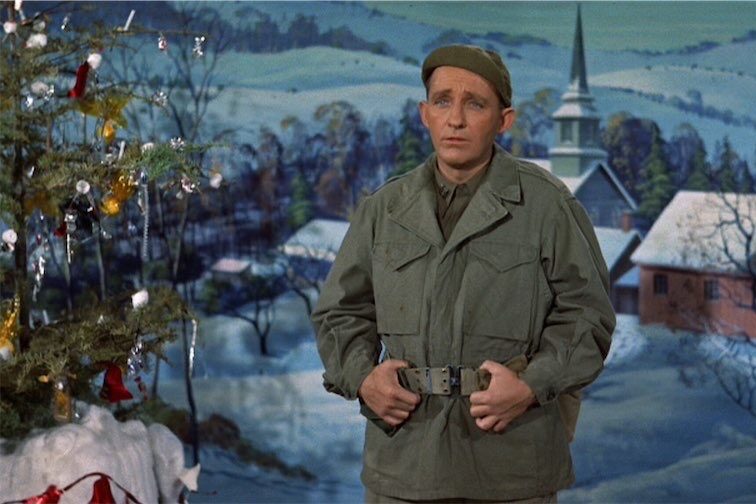
Dance pioneer, choreographer, teacher, and now writer, Elizabeth Cameron Dalman, is celebrating her 90th birthday this week.
During an increasingly virulent period of ageism in Australia, where anybody much over the age of 50 is consigned to the dustbins of history, she remains a shining beacon of artistic creativity.
Dalman has been honoured as 2015 CityNews Artist of the Year, also winning an Australian Artists Creative Fellowship (Keating) Fellowship, a National Dance Award for a Lifetime of Achievement in Dance, an ArtsACT Creative Artist Fellowship, an OAM and five Canberra Critics’ Circle Awards.
“I still have SO many things to do… I have mixed feelings of both gratitude that I have lived this long, and of sadness that the time is flying by so fast,” she says.
The daughter of a Menzies government politician, Sir Keith Cameron Wilson and an art-loving mother, Elizabeth Hornabrook nee Bonython, she was born on January 23 1934 in Adelaide.
After a dance career in Europe and the US, in 1965 she founded the Australian Dance Theatre in Adelaide, later moving to the Canberra region purchasing a property, Mirramu, on the edge of Lake George, which became the home to writers, singers, visual artists and Mirramu Dance Theatre.
She’s endured her fair share of ageist remarks, but happily she was blessed with mentors who inspired her to think it was “less getting older than living longer.”
One of them was Japanese butoh guru Kazuo Ohno, who died in 2000 aged 103.
“I felt he handed the torch to me,” she says, adding that her own mother lasted until age 101 – ” so I feel I still have a considerable amount of time ahead of me.”
As for retirement, she says: “I don’t consider that, my life is my work, and my work is my life.”
You can say that again. Amid a deluge of productions, she founded Weereewa, a Festival of Lake George and fitted in a master of creative arts from Wollongong University and a PhD from the University of Western Sydney.
In 2016 she joined Michael Keegan Dolan’s company in Dublin as an actor/dancer for Swan Lake/Loch na hEala.
Engaged after Dolan put an international callout for a female actor aged 60 with long white hair, she emailed him: “I’m a dancer and choreographer not an actor, I’m not 60, but I do have long white hair”. Four years touring the world followed, cut short by covid.
“I was going to let this birthday pass by quietly,” she says, “but Andreas [her son] and friends decided that we should celebrate with bells.”
When she squeezes in time for our chat, she’s just back from delivering her Taiwanese guest, Grace Peng Hsiao-yin, to the airport. They’ve been collaborating for around 12 years, and Peng, founder and director of Dancecology, will be back in April to help celebrate 35 years of Mirramu and 15 years for her own company.
But before all that, Dalman is about to “hop” into her car and head for the Sydney Festival, where Sue Healey’s video installation, Six Icons of Australian Dance, is screening. Dalman, naturally, is one of the icons.
When not tearing around country roads, she’s managed to fit in rather a lot of writing, and has a new book coming out shortly on her dance practice in nature.
That, as followers of her work will know, has been a powerful theme in her work. Although when she worked at the Australian Dance Theatre and in Europe, it was always indoors, when she moved to Mirramu she was able to dance with nature in mind, like the time I saw her dance in the middle of the then dried-out bed of Lake George.
Another key thrust in her career has been her involvement with Aboriginal dance and spiritual traditions.
Brought up in the relatively conservative milieu of Adelaide, she made a concerted effort in the 1960s to find out to meet Aboriginal people, landing on her feet during a visit to the Darwin festival.
She was introduced to elders, met poet-activist Oodgeroo Noonuccal (Kath Walker), took her dancers to Pitjantjara lands then, when prominent Albert Aboriginal dancer Albert David joined Mirramu Dance Theatre, was invited to meet artists in Yirrkala, East Arnhem land, a visit that eventually resulted in the Morning Star project in 2012-2013.
Dalman’s immediate future is full.
She’s been invited to Adelaide for two extended visits this year to collaborate with First Nations dance artist Daniel Riley, her former protegee and now the director of Australian Dance Theatre.
Together they will create works for the ADT’s 60th celebrations.
Likening their relationship to a ribbon of connection, she says: “I met him when he was 12 and have followed his dance journey… I think he might’ve even been a little bit my referee for the Dublin job.”
As for ageism, she tells me: “We need only look to indigenous communities… they show enormous respect to elders and Daniel has done that for me as the founder of Australian Dance Theatre.
“That, for me, is a highlight that I never expected in my life.”
Who can be trusted?
In a world of spin and confusion, there’s never been a more important time to support independent journalism in Canberra.
If you trust our work online and want to enforce the power of independent voices, I invite you to make a small contribution.
Every dollar of support is invested back into our journalism to help keep citynews.com.au strong and free.
Thank you,
Ian Meikle, editor




Leave a Reply